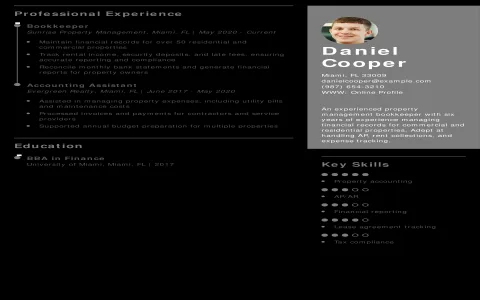Man, let me tell you, I was so deep in the dream interpretation swamp for a while there, I thought I was going to drown. I bought all the big, thick books. I downloaded all the apps that promised instant clarity. I spent hours hunting down what a “rusty padlock in a field of sunflowers” actually meant for my subconscious. What did I get? Zero actionable insight and a massive headache. I was analyzing the crap out of my dreams, but I was still feeling stuck, paralyzed by options. It became more complicated than my actual waking life, which is saying something.
I realized my whole approach was busted. I was treating my brain like a coded ancient scroll that needed a scholar, when really, it was just a messy notepad needing a quick cleanup. I needed a way to ditch the symbolic complexity and just get to the point, fast. If I couldn’t crack a dream in less than five minutes, I was just making up stories that felt smart but changed nothing.
The Messy Breakthrough: Simplifying the Process
The turning point came one morning after a brutal, confusing dream about trying to pay for groceries with fish. Fish! I spent 45 minutes trying to figure out the biblical, Freudian, and cultural meaning of fish, money, and scarcity. By the time I was done, I was late for work and still had no idea what my brain was trying to tell me. That’s when I threw out the rulebook.

I grabbed a piece of scrap paper and started writing down the absolute bare minimum I needed to check to make the dream useful. I decided right then I wasn’t going to be a dream philosopher; I was going to be a dream mechanic. I forced myself to strip away all the fancy jargon. I boiled it down to four incredibly simple, almost crude checkpoints. These aren’t high-level psychological tools; they’re just quick fixes for getting unstuck and getting moving. I started applying them immediately, and man, the difference was huge. My analysis time dropped from 30 minutes to 3, and suddenly, the dreams actually started making sense.
Here are the 4 tricks I developed and use every single morning:
Trick 1: The Vibe Check (Focus on the Core Feeling)
Forget the actual objects in the dream for a second. I just ask myself: What was the dominant feeling? Was it intense anxiety? Exhilaration? Deep, profound sadness? When you strip away the flying elephants and talking furniture, the emotional temperature is what the dream is really carrying. If I dreamed I was flying, but I felt utterly terrified the whole time, the dream isn’t about freedom; it’s about uncontrolled fear or loss of control. I write down that single feeling first. That’s the real message. Everything else is just set dressing.
Trick 2: Who is the Placeholder? (The Character Swap)
In dreams, people are almost never who they seem. If your boss is chasing you, it might not be about your boss. It’s about the feeling of being pursued by authority or responsibility. I immediately apply the character swap: What quality does this dream character represent that I am either ignoring or struggling with in myself?
For example, I dreamed my quiet neighbor was yelling at me, demanding I repaint my house purple. My neighbor is totally chill. But my wife had been bugging me about painting the fence. Aha! The neighbor was a placeholder for unresolved domestic nagging. It wasn’t about the neighbor; it was about avoiding a chore. I stopped wasting time analyzing the neighbor’s motivation and started focusing on my own avoidance.
Trick 3: The Pre-Sleep Dump (The Immediate Trigger)
Look, 90% of our confusing, non-prophetic dreams are just our brains performing the day’s trash collection. Before I start searching for deep psychological meaning, I ask: What was the last thing I read, watched, or obsessed about right before bed?
The number of times I’ve had complex, symbolic dreams about ancient ruins only to remember I spent 30 minutes scrolling through an article about Roman history while trying to fall asleep is embarrassing. Our dreams are often just processing the immediate cognitive input. If the theme is directly related to a recent, conscious input, I just log it as “Brain processing the noise” and move on. It saves huge amounts of analysis time.
Trick 4: Task vs. Threat (Determining Actionability)
I categorize the main action in the dream into two simple buckets: Is the dream action centered on completing a task, or avoiding a threat?
- Task Dream: Trying to write an exam, packing a suitcase, cleaning a room, fixing a broken machine. This usually means I feel overwhelmed by my current responsibilities and need to break them down into smaller steps. It’s an indicator of workload stress.
- Threat Dream: Being chased, falling, losing something vital, being exposed naked. This usually means I am experiencing anxiety about future loss or failure. It requires me to identify the source of the anxiety and build a plan to mitigate it.
Categorizing the dream this way gives me an immediate directive. I don’t need a symbol dictionary for this. A Task Dream means I need to make a to-do list. A Threat Dream means I need to identify what I’m scared of losing.
These four steps—Vibe Check, Character Swap, Pre-Sleep Dump, Task vs. Threat—let me rip through a dream in minutes. They don’t give me the poetic depth the books promised, but they give me something way better: a clear idea of what to actually do when I wake up. And honestly, that’s all I ever wanted.












